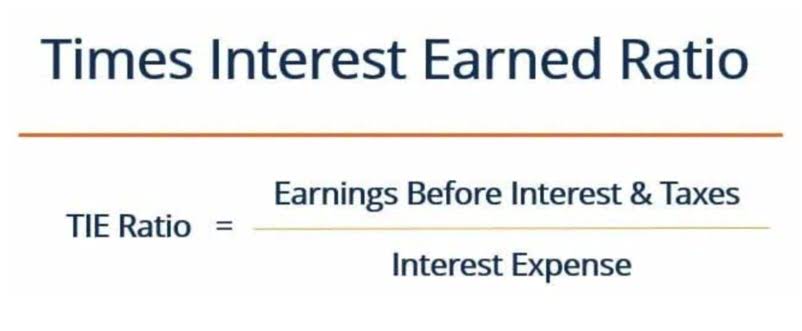
Instead, it goes on the balance sheet as a liability (something you owe) to offset the cash received when a business is paid in advance. It is classified as a current liability until the goods or services have been delivered to the customer, after which it must be converted into revenue. In cash accounting, revenue and expenses are recognized when they are received and paid, respectively. Each month, a portion of the unearned revenue remaining in the account will be recognized as revenue as the goods and services are provided. If you’re using accounting software, you can create a recurring journal entry for each month, eliminating the need to create a separate entry each month.
Track income, expenses, run financial reports and maximize your deductions with QuickBooks.

For deferred or unearned revenue, the customer pays in advance for goods or services that are provided later. If an issue arises with unearned revenue, it’s important to research and rectify the reports. Follow GAAP rules, consult with your audit team, create any necessary unearned revenue journal https://www.bookstime.com/articles/501-c3-donors entry for correction, and issue updated versions of any impacted financial reports. When customers pay in advance, the company records this as unearned revenue on the balance sheet. Unearned revenue is recorded on the income statement as a deferred income, which is a liability-like account.
Why companies record unearned revenue
After James pays the store this amount, he has not yet received his monthly boxes. Therefore, Beeker’s Mystery Boxes would record $240 as unearned revenue in their records. James enjoys surprises, so he decides to order a six-month subscription service to a popular mystery box company from which he will receive a themed box each month full of surprise items.
- As time passes and you use hosting each month, your hosting provider will gradually recognize revenue on its income statement and reduces liabilities accordingly.
- It is treated as a liability because the revenue has still not been earned and represents products or services owed to a customer.
- Unearned revenue is treated as a liability on the balance sheet because the transaction is incomplete.
- For example, the publisher needs the cash flow to produce content through its various teams, market the content compelling to reach its audience, and print and distribute issues upon publication.
- The current ratio is one that can be negatively affected as current liabilities increase while current assets don’t.
How to Record Unearned Revenue
Why not enlist the help of quality software to track cash flow and generate financial reports automatically. Unearned revenue and deferred revenue are the same things, as well as deferred income and unpaid income, they are all various ways of saying unearned revenue in accounting. where is unearned revenue recorded Like small businesses, larger companies can benefit from the cash flow of unearned revenue to pay for daily business operations. Securities and Exchange Commission (SEC) sets additional guidelines that public companies must follow to recognize revenue as earned.
- Creating and adjusting journal entries for unearned revenue will be easier if your business uses the accrual accounting method when recording transactions.
- These companies simply recognize the revenue in full when they receive a payment.
- Yes, unearned revenue is usually listed as a current liability on your balance sheet.
- Unearned revenue is the cash obtained from a customer in advance of providing the goods or services they are purchasing.
This decreases the number of bad debts as the customer has already paid the money. Some of the examples include prepaid rents, insurance, airline tickets, and annual software subscriptions. On a balance sheet, assets must always equal equity plus liabilities. In effect, we are transferring $20,000, one-third of $60,000, from the Unearned Rent Income (a liability) to Rent Income (an income account) since that portion has already been earned. Unrecorded revenue on the other hand, as the name suggests, is not reported during the year. Some landlords may also offer a better rate for prepaying part or all of a lease term in advance.
Since the company owes money to its clients as the obligations have not been performed yet, unearned revenue is reported as a current liability on a company’s balance sheet. Unearned revenue refers to the money small businesses collect from customers for their products or services that have not yet been provided. In simple terms, it is the prepaid revenue from the customer to the business for goods or services that will be supplied in the future. A business owner can utilize unearned revenue for accounting purposes to accurately reflect the financial health of the business.
- At some point, the business will either need to provide the goods or services that were ordered, or give cash back to the customer if they aren’t able to fulfill the order.
- The main differences are the accounts they go to and how to report them in the general journal.
- James enjoys surprises, so he decides to order a six-month subscription service to a popular mystery box company from which he will receive a themed box each month full of surprise items.
- Unearned revenue is any money received by a company for goods or services that haven’t been provided yet.
- As a result of this prepayment, the seller has a liability equal to the revenue earned until the good or service is delivered.
- Revenue is only unearned when the customer pays the amount owed before the good or service is provided; when the opposite occurs, it is reported as accounts receivable.
However, even smaller companies can benefit from the added rules provided in the accrual system, so you may want to voluntarily work with accrual accounting from the start. That is why it is stated as a current liability in the statement of financial position for the organization and must be credited when adjusted. There is a difference in recording the revenue when it is earned and when the revenue is unearned. The main differences are the accounts they go to and how to report them in the general journal. Differentiating between revenue and unearned revenue is important to an organization, as the difference between the two leads to them being accounted for differently.
Is unearned revenue a current liability?
Likewise, after the July 31 adjusting entry, the remaining balance of unearned service revenue will be $3,000 (4,500 – 1,500). This balance will be zero at the end of September 2020 when the company completes the service it owes to the client. Unrecorded revenue goes against the matching principle of accounting as it results in revenue being recorded in a later period than it was actually earned.



